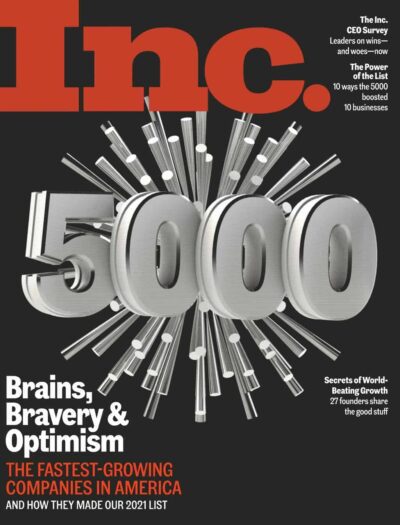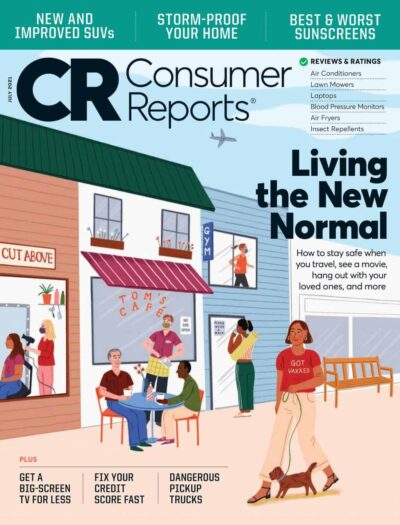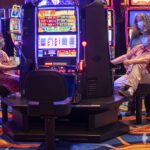

Supreme Court Will Take Up the Legal Fight Over Ghost Guns, Firearms Without Serial Numbers
(WASHINGTON, D.C.) — The Supreme Court agreed on Monday to take up a Biden administration appeal over the regulation of difficult-to-trace ghost guns that had been struck down by lower courts.
The justices by a 5-4 vote had previously intervened to keep the regulation in effect during the legal fight. Ghost guns, which lack serial numbers, have been turning up at crime scenes with increasing regularity.
[time-brightcove not-tgx=”true”]
The regulation, which took effect in 2022, changed the definition of a firearm under federal law to include unfinished parts, like the frame of a handgun or the receiver of a long gun, so they can be tracked more easily. Those parts must be licensed and include serial numbers. Manufacturers must also run background checks before a sale, as they do with other commercially made firearms.
The requirement applies regardless of how the firearm was made, meaning it includes ghost guns made from individual parts or kits or by 3D printers. The rule does not prohibit people from buying a kit or any type of firearm.
The Justice Department had told the court that local law enforcement agencies seized more than 19,000 ghost guns at crime scenes in 2021, a more than tenfold increase in just five years.
U.S. District Judge Reed O’Connor, in Fort Worth, Texas, struck down the rule last year, concluding that it exceeded the Bureau of Alcohol, Tobacco, Firearms and Explosives’ authority. O’Connor wrote that the definition of a firearm in federal law does not cover all the parts of a gun. Congress could change the law, he wrote.
A panel of the 5th U.S. Circuit Court of Appeals made up of three appointees of then-President Donald Trump largely upheld O’Connor’s ruling.
The Supreme Court allowed the regulation to remain in effect while the lawsuit continues. Chief Justice John Roberts and Justice Amy Coney Barrett joined with the court’s three liberal members to form the majority. Justices Samuel Alito, Neil Gorsuch, Brett Kavanaugh and Clarence Thomas would have kept the regulation on hold during the appeals process.
Barrett, Gorsuch and Kavanaugh were appointed by Trump.
Arguments won’t take place before the fall.
Get the latest work and career updates delivered straight to your inbox by subscribing to our magazine category today. Stay informed and ahead of the game with Subscrb.
The content on this website has been curated from various sources and is for informational purposes only. We do not claim ownership of any of the content posted here, all rights belong to their respective authors. While we make every effort to ensure that the information is accurate and up-to-date, we cannot guarantee its completeness or accuracy. Any opinions or views expressed on this website are solely those of the original authors and do not necessarily represent our own. We do not endorse or take responsibility for the content or actions of external websites or individuals linked from this website. Any reliance on the information provided on this website is done at your own risk. Please note that this article was originally seen on the source website TIME, by the author MARK SHERMAN / AP
-
SALE!




Forbes Asia Magazine Subscription
From: RM220 / year -
SALE!


Fortune Magazine Subscription
From: RM118 / year -
OUT OF STOCK




The Economist Magazine Subscription
From: RM1530 / year -


Inc. Magazine Magazine Subscription
From: RM22 / year -


Consumer Reports Magazine Subscription
From: RM22 / year -


Harvard Business Review Magazine Subscription
From: RM83 / month -


Entrepreneur’s Startups Magazine Subscription
From: RM4 / year -


BILLIONAIRE Magazine Subscription
From: RM131 / year



